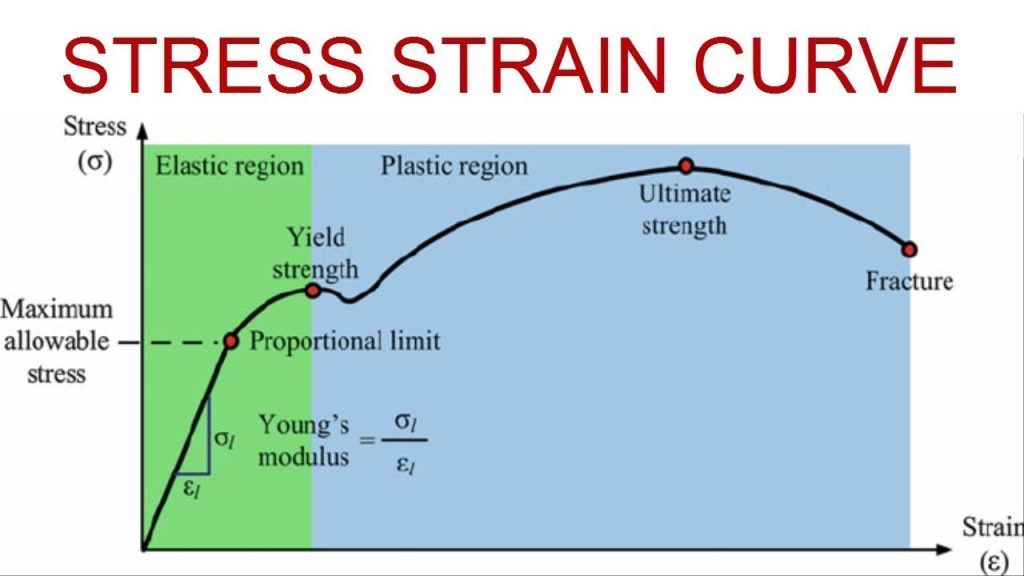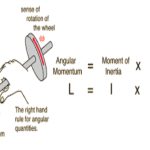In addressing any problem in continuum or solid mechanics, three factors must be considered: (1) the Newtonian equations of motion, in the more general form recognized by Euler, expressing conservation of linear and angular momentum for finite bodies (rather than just for point particles), and the related concept of stress, as formalized by Cauchy, (2) the geometry of deformation and thus the expression of strains in terms of gradients in the displacement field, and (3) the relations between stress and strain that are characteristic of the material in question, as well as of the stress level, temperature, and time scale of the problem considered.
These three considerations suffice for most problems. They must be supplemented, however, for solids undergoing diffusion processes in which one material constituent moves relative to another (which may be the case for fluid-infiltrated soils or petroleum reservoir rocks) and in cases for which the induction of a temperature field by deformation processes and the related heat transfer cannot be neglected. These cases require that the following also be considered: (4) equations for conservation of mass of diffusing constituents, (5) the first law of thermodynamics, which introduces the concept of heat flux and relates changes in energy to work and heat supply, and (6) relations that express the diffusive fluxes and heat flow in terms of spatial gradients of appropriate chemical potentials and of temperature. In many important technological devices, electric and magnetic fields affect the stressing, deformation, and motion of matter. Examples are provided by piezoelectric crystals and other ceramics for electric or magnetic actuators and by the coils and supporting structures of powerful electromagnets. In these cases, two more considerations must be added: (7) James Clerk Maxwell’s set of equations interrelating electric and magnetic fields to polarization and magnetization of material media and to the density and motion of electric charge, and (8) augmented relations between stress and strain, which now, for example, express all of stress, polarization, and magnetization in terms of strain, electric field, magnetic intensity, and temperature. The second law of thermodynamics, combined with the above-mentioned principles, serves to constrain physically allowed relations between stress, strain, and temperature in (3) and also constrains the other types of relations described in (6) and (8) above. Such expressions, which give the relationships between stress, deformation, and other variables, are commonly referred to as constitutive relations.
In general, the stress-strain relations are to be determined by experiment. A variety of mechanical testing machines and geometric configurations of material specimens have been devised to measure them. These allow, in different cases, simple tensile, compressive, or shear stressing, and sometimes combined stressing with several different components of stress, as well as the determination of material response over a range of temperatures, strain rates, and loading histories. The testing of round bars under tensile stress, with precise measurement of their extension to obtain the strain, is common for metals and for technological ceramics and polymers. For rocks and soils, which generally carry load in compression, the most common test involves a round cylinder that is compressed along its axis, often while being subjected to confining pressure on its curved face. Frequently, a measurement interpreted by solid mechanics theory is used to determine some of the properties entering stress-strain relations. For example, measuring the speed of deformation waves or the natural frequencies of vibration of structures can be used to extract the elastic moduli of materials of known mass density, and measurement of indentation hardness of a metal can be used to estimate its plastic shear strength.
In some favourable cases, stress-strain relations can be calculated approximately by applying principles of mechanics at the microscale of the material considered. In a composite material, the microscale could be regarded as the scale of the separate materials making up the reinforcing fibres and matrix. When their individual stress-strain relations are known from experiment, continuum mechanics principles applied at the scale of the individual constituents can be used to predict the overall stress-strain relations for the composite. For rubbery polymer materials, made up of long chain molecules that randomly configure themselves into coillike shapes, some aspects of the elastic stress-strain response can be obtained by applying principles of statistical thermodynamics to the partial uncoiling of the array of molecules by imposed strain. For a single crystallite of an element such as silicon or aluminum or for a simple compound like silicon carbide, the relevant microscale is that of the atomic spacing in the crystals; quantum mechanical principles governing atomic force laws at that scale can be used to estimate elastic constants. In the case of plastic flow processes in metals and in sufficiently hot ceramics, the relevant microscale involves the network of dislocation lines that move within crystals. These lines shift atom positions relative to one another by one atomic spacing as they move along slip planes. Important features of elastic-plastic and viscoplastic stress-strain relations can be understood by modeling the stress dependence of dislocation generation and motion and the resulting dislocation entanglement and immobilization processes that account for strain hardening.
To examine the mathematical structure of the theory, considerations (1) to (3) above will now be further developed. For this purpose, a continuum model of matter will be used, with no detailed reference to its discrete structure at molecular—or possibly other larger microscopic—scales far below those of the intended application.


